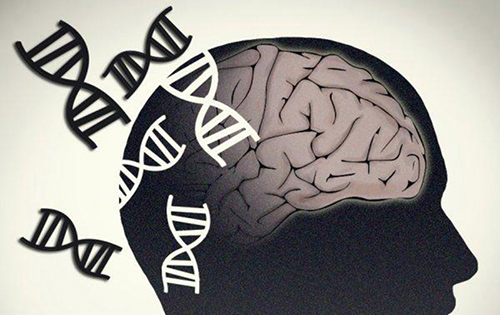
Researchers have identified the biological impact of dozens of genes involved in neurodevelopmental disorders such as autism, which could help accelerate drug development for these conditions.
Roughly 11 percent of the genes studied interfered with the development of interneurons in the brain. The interneurons play a key role in regulating excessive neuron firing, which has been implicated in neurodevelopmental disorders.
The findings, using CRISPR gene editing screens, are published in the journal Nature.
“The identification of 46 genes—more than 10 percent of all known neurodevelopmental-disorder-associated genes—whose dysfunction impairs interneuron development points to a subgroup of neurodevelopmental disorders that are characterized by inadequate inhibition of excitatory cortical neurons,” said corresponding author Sergiu Pașca, PhD, a professor at Stanford University.
Autism spectrum disorder and other neurodevelopmental disorders have been associated with abnormal cortical interneuron development.
But it remains uncertain as to which genes implicated in these conditions affect interneuron generation and migration and how they mediate these effects.
To investigate further, the researchers used human induced pluripotent stem (IPS) cells to generate neural tissue “organoids” that closely resemble the architecture and function of particular parts of the brain.
The team placed organoids emulating the subpallial and cortical regions together so they fused to form “assembloids” through which brain interactions could be studied.
The subpallial region in the forebrain plays a key role in fetal and infantile development and produces interneurons.
The interneurons migrate to, among other places, the cortex where they join with excitatory neurons which fire impulses that activate other neurons. The inhibitory and excitatory neurons then integrate to form functioning circuits capable of complex signal generation.
The team deployed CRISPR gene editing technology with fluorescent labeling, first narrowing down 661 genes associated with neurodevelopmental disorders to 425 activated in interneurons.
CRISPR loss-of-function screens identified 13 candidate genes implicated in defective interneuron generation, including CSDE1 and SMAD4.
There were also 33 genes that impaired interneuron migration, including cytoskeleton-related genes and LNPK, which encodes an endoplasmic reticulum stabilizing protein.
LNPK deletion interfered with endoplasmic reticulum displacement that occurred before nuclear translocation, resulting in abnormal migration.
“These experiments illustrate how mapping a list of [neurodevelopmental disorder]-associated genes onto cellular pathways and specific stages of human brain development could ultimately identify convergent and divergent molecular and cellular phenotypes for these conditions and facilitate therapeutic efforts,” commented the researchers.













